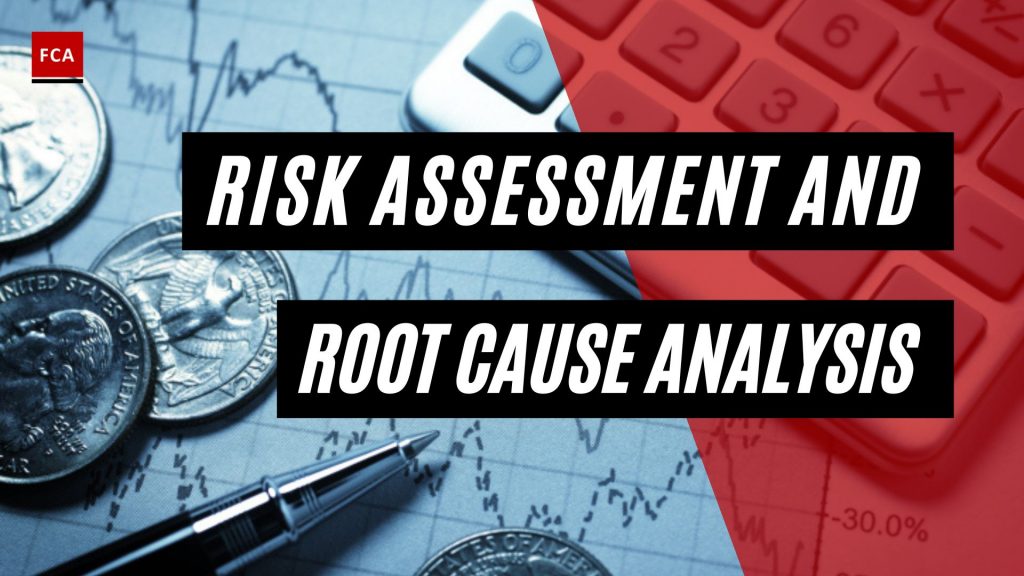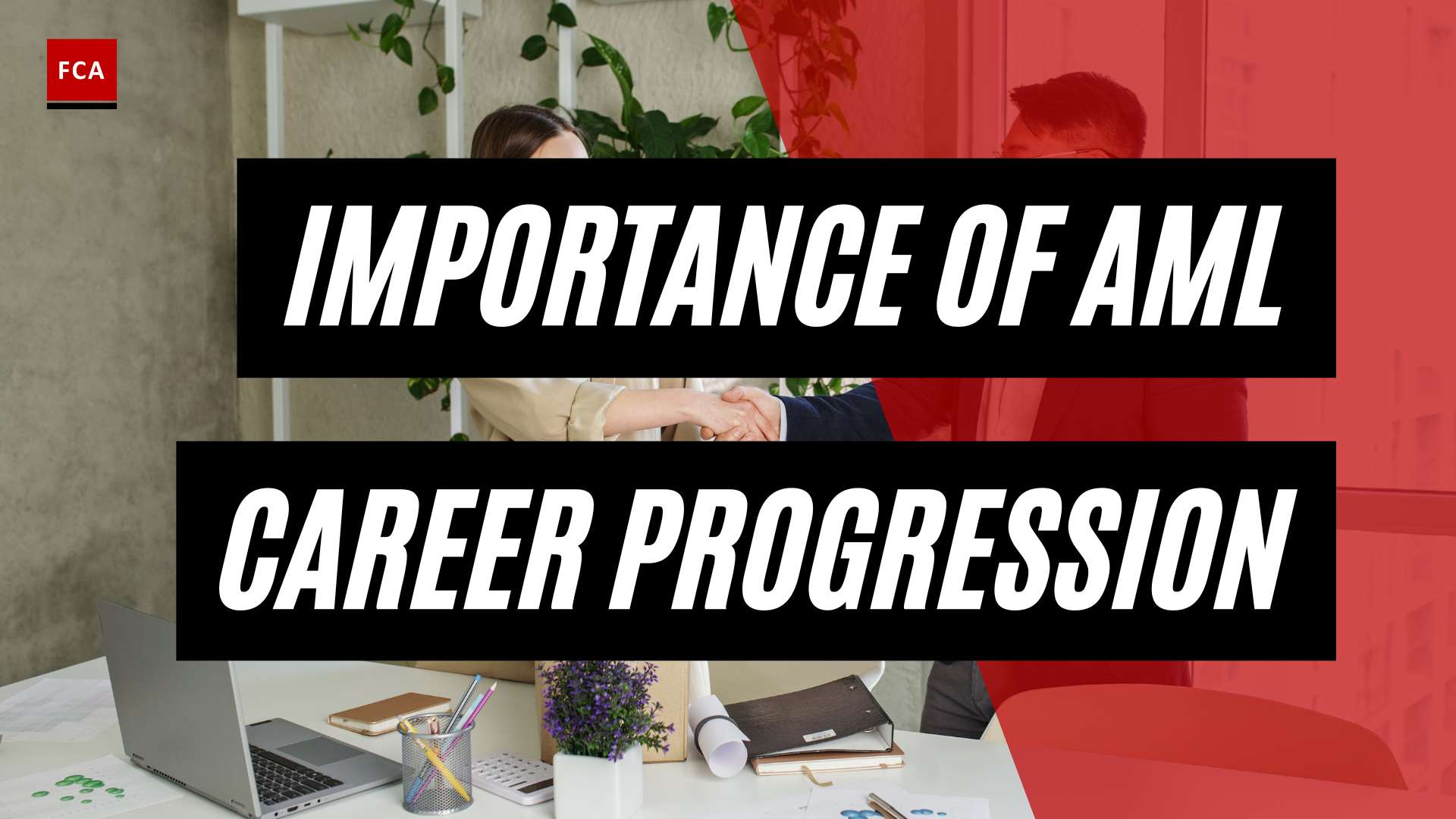The financial crime risk assessment and root cause analysis performed by management to understand and analyze the financial crime risks from the perspective of impact, likelihood, and reasons of occurrence. Financial crime risk assessment is the process of understanding and analyzing financial crime risks the organization is exposed.

Risk Assessment and Root Cause Analysis of Financial Risks
The possibility of occurrence of financial crime risks necessitates the fraud risk assessment periodically. Financial crime incidents and cases in organizations have resulted in depletion of profits, operating inefficiencies, and reputational losses. For an organization, financial crime risks are potential incidents and events that could occur and influence the achievement of the organization’s core objectives and goals.
Financial crime risk assessment is about understanding the nature of such incidents and events and taking appropriate measures to address the threats posed by such potential risks. Devising risk mitigation strategies based on a risk assessment is important because unaddressed risk incidents negatively hit the different profiles of the organizations, such as financial, operational, and reputational.
Fraud risk assessment frameworks help perform, evaluate, and report the results of the fraud risk assessment. The organizational culture and its specific needs must be considered for fraud risk assessment.
The knowledge base is created to identify potential financial crime risks in the organization’s business and operations. Also, it is produced through meetings and coordination with people in the organization. Such coordination and meeting may include interviews, discussions, and observations of the processes and activities. Process owners are the people who possess the actual knowledge base of the operations and activities in their relevant departments.
Knowledge is also gained through analyzing actual fraud incidents that occurred and were reported within the organization. The financial crime database includes crime incidents at different locations and departments, with their financial and reputational impacts. Such a loss database serves as the reference point to identify the trend of fraudulent activities.
External sources such as customer information in the form of complaints or inquiries may also indicate the possibility of fraud risks in a particular department or function. Regulatory authorities may also enquire about potential frauds, which serves as the identification point for fraud risks in a particular area of the organization.
Once the risks are identified from different sources, the likelihood of the occurrence of fraud is assessed. Assessing the likelihood is a subjective process because usually relevant data or information is unavailable to the organization that accurately predicts the likelihood of a particular financial crime risk.
To assess the likelihood of the financial crime risks, the organization may consider various factors such as past incidents, the prevalence of risk in the industry, internal control environment, available resources to address financial crime, prevention efforts by management, ethical standards followed, unexplained losses, customer complaints, etc.

Based on general assessment and utilization of available information, the risk assessor develops or designs the preventive and detective controls in various processes and activities of the organization. Once the likelihood of financial crime risks is assessed, then the frequency of occurrence of the risks is to be assessed. The frequency is assessed based on the availability of past or historical information about the fraud incidents.
Once the impact and likelihood are defined for risk assessment purposes, the inherent impact risk assessment is performed for identified fraud risks. Impact means the financial loss the organization may face if the fraud risk occurs. The effect may also be linked to the organization’s reputation, but usually, quantification elements are considered to assess the inherent impact of the fraud risks.
Assessing fraud risks in different departments enables the management to have a deeper insight into the operational activities of different departments, highlighting individuals performing core activities. Such analysis highlights the areas where segregation of duties is a must or processes where controls are found weak.
Management also identifies the general controls and differentiates these controls from the process-specific controls, which are built into the processes to prevent the occurrence of financial crime incidents.
Final Thoughts
Financial risk is a type of danger that can cause interested parties to lose money. This can result in governments being unable to control monetary policy and defaulting on bonds or other debt issues. Corporations face the possibility of default on debt they incur, but they may also fail in an endeavor that causes a financial burden on the business.








